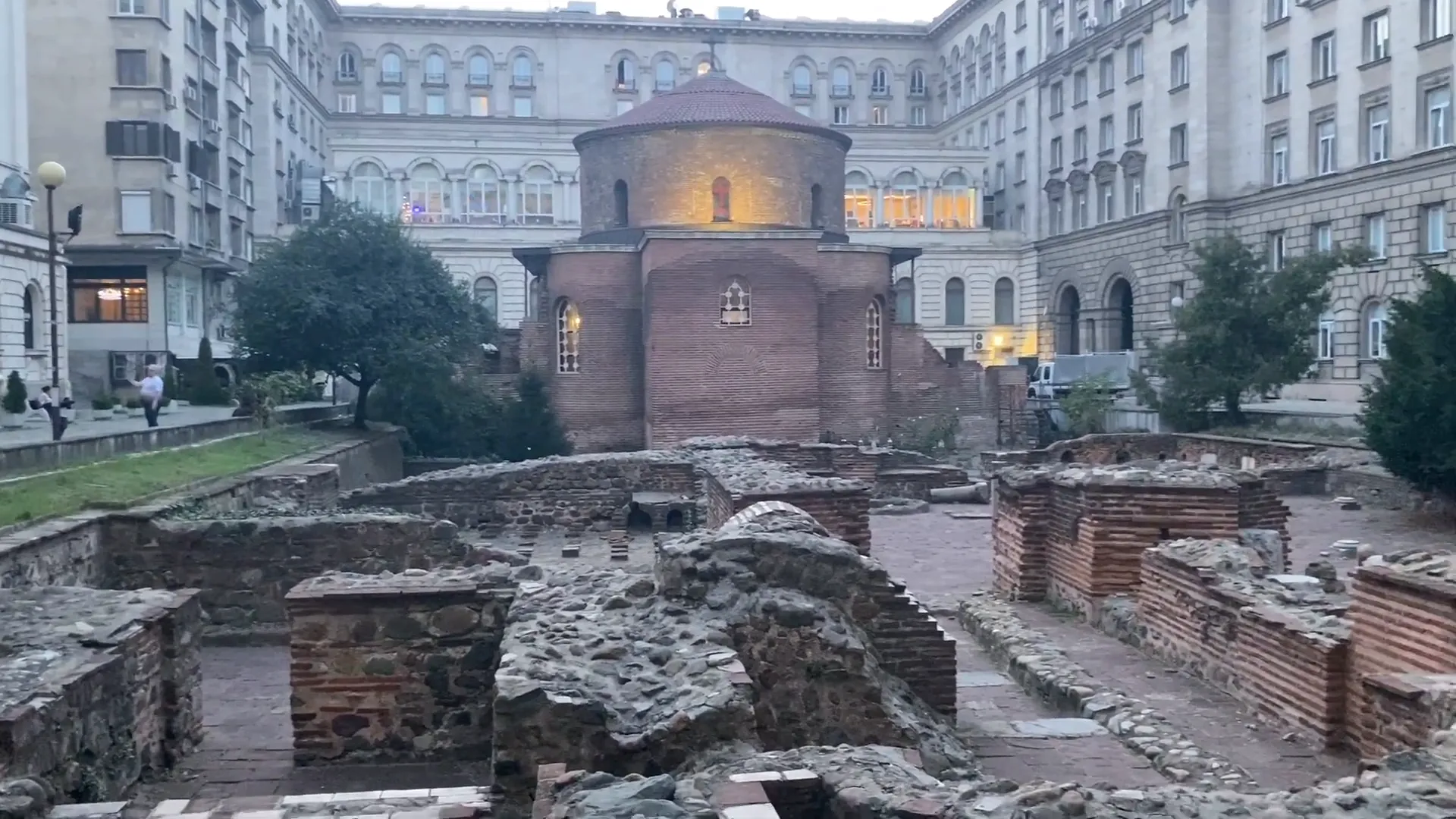Week Two of My Bulgarian Journey
In my second week in Sofia, Bulgaria, I (once again) embarked on a series of adventures filled with history, culture, and the joys of hostel life. From the striking Buzludzha Monument to the intriguing Museum of Communist Art, my explorations revealed the rich tapestry of Bulgaria's past and present.
Introduction to Week Two
Week two in Sofia began with a sense of relief and excitement. I started the week off by submitting my Master's dissertation -- a task that had loomed over me during my first week. Now, I was ready to explore and enjoy the beautiful city that surrounded me.
Adjusting to life in my 18-bed hostel dorm was no small feat, but I was slowly finding my rhythm. I'm a huge fan of hostels, but I typically don't opt for coed dorms or dorms with more than ten guests. Living in a crowded hostel dorm was an experience all on its own. I had to carve out my own space among the chaos. I decorated my little corner, finding solace in the small details that made it feel more like home.
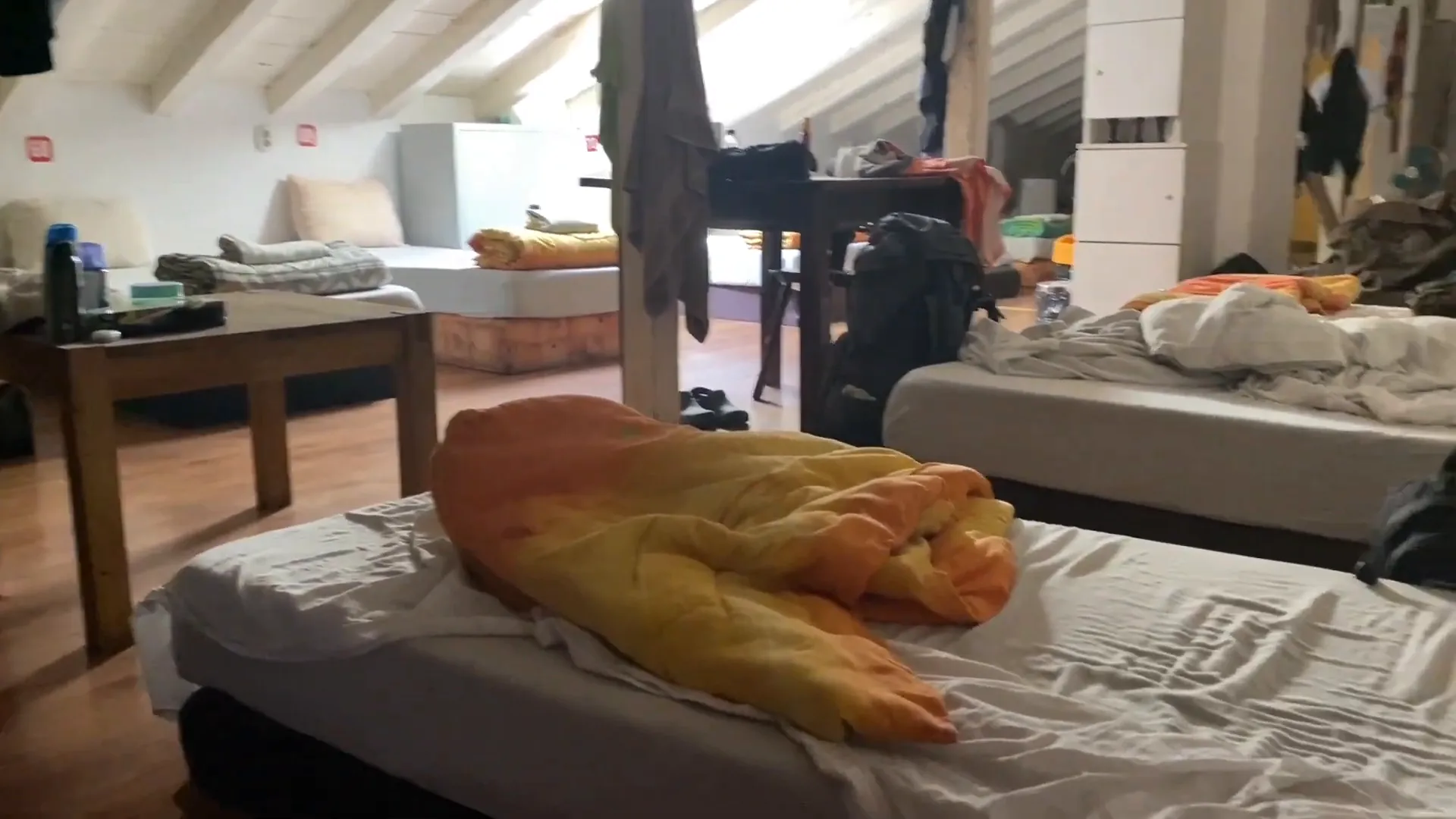
Completing My Master's Dissertation
Completing my dissertation was a monumental achievement. I had spent countless hours researching and writing, focusing on the fall of communism in Eastern Europe -- specifically in Poland and Romania. The relief I felt upon submitting it was immense, and I celebrated by purchasing a small bouquet of flowers from a local vendor.
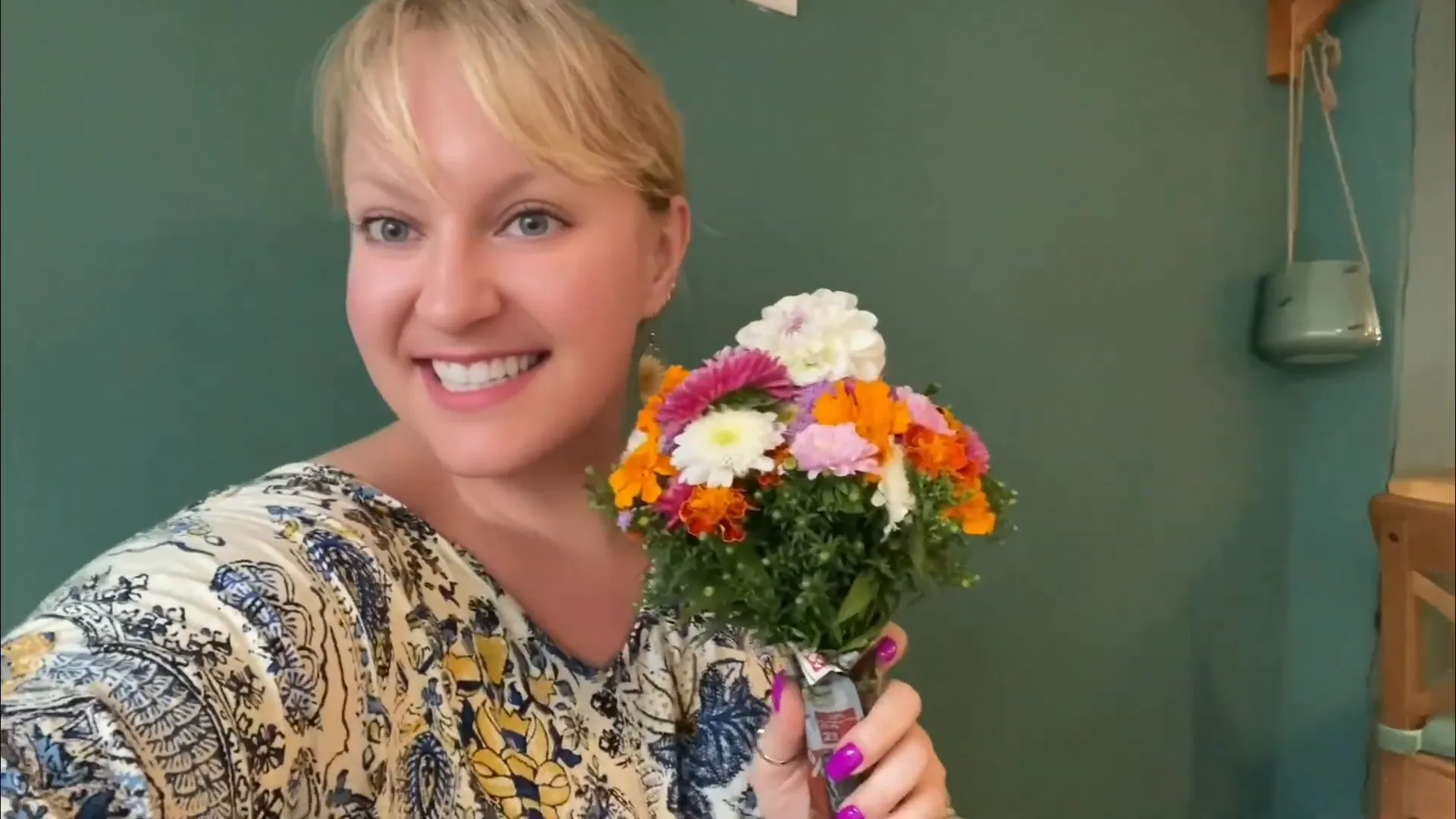
With the weight of my dissertation lifted, I could finally immerse myself in the local culture without the constant reminder of unfinished work. The timing couldn't have been better, as my friend Vlad was equally eager to explore Sofia after several tedious shifts working at the hostel.
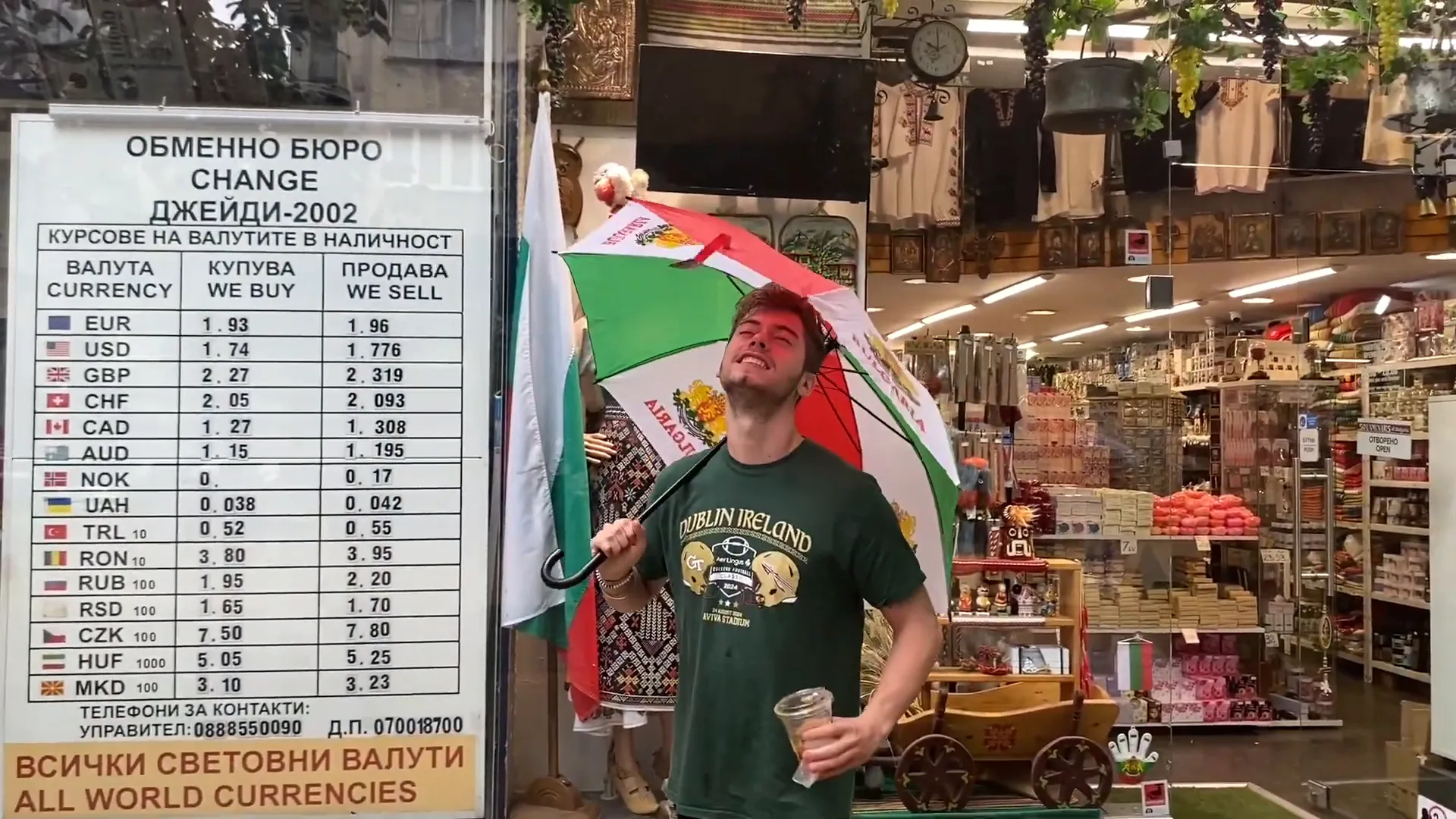
Day Trip to Buzludzha Monument
One of the most exciting plans for the week was our day trip to Buzludzha Monument. This iconic structure, built in 1981, is a fascinating remnant of Bulgaria's communist past. Located in the central Balkan Mountains, it's not easily accessible and required us to arrange a private driver for the journey.
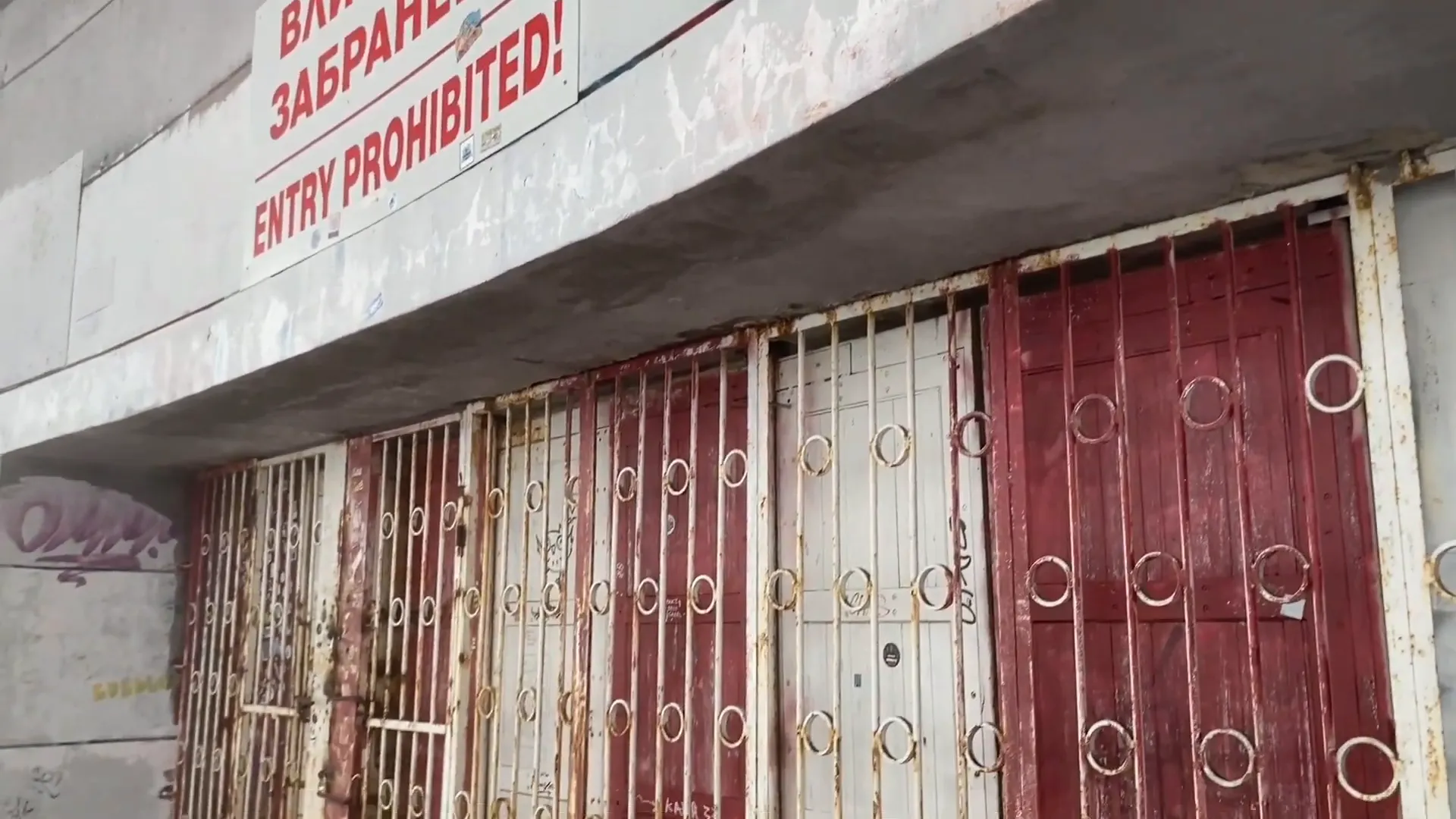
Upon arrival, the Buzludzha Monument loomed before us, its architectural design resembling a UFO. It was both eerie and awe-inspiring, a concrete giant that had witnessed the height and ultimately the fall of Bulgaria's communist regime.
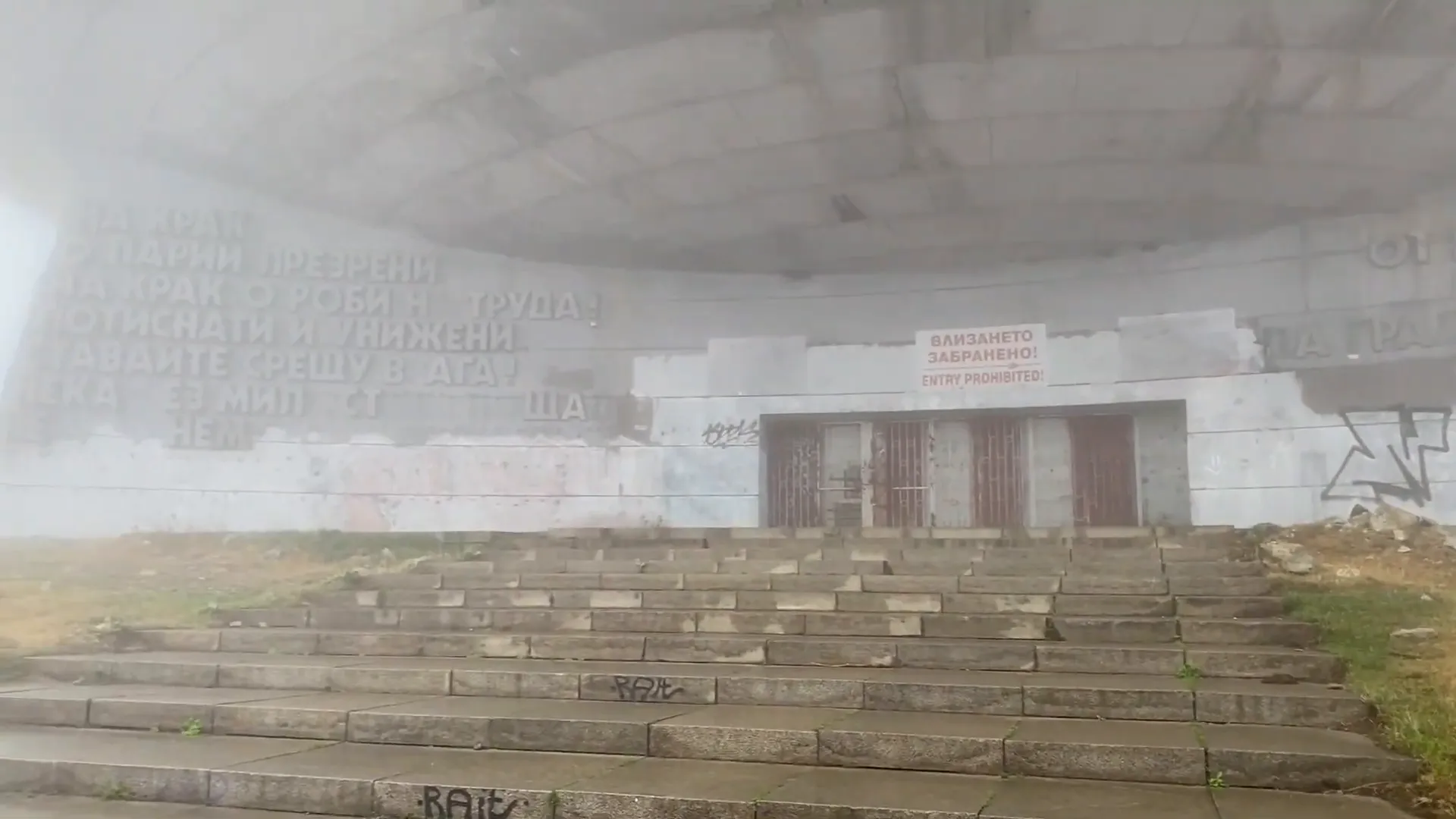
Walking around the exterior, I was struck by the juxtaposition of grandeur and decay. The monument once served as a gathering place for the Bulgarian Communist Party but fell into disrepair after the collapse of communism in 1989.
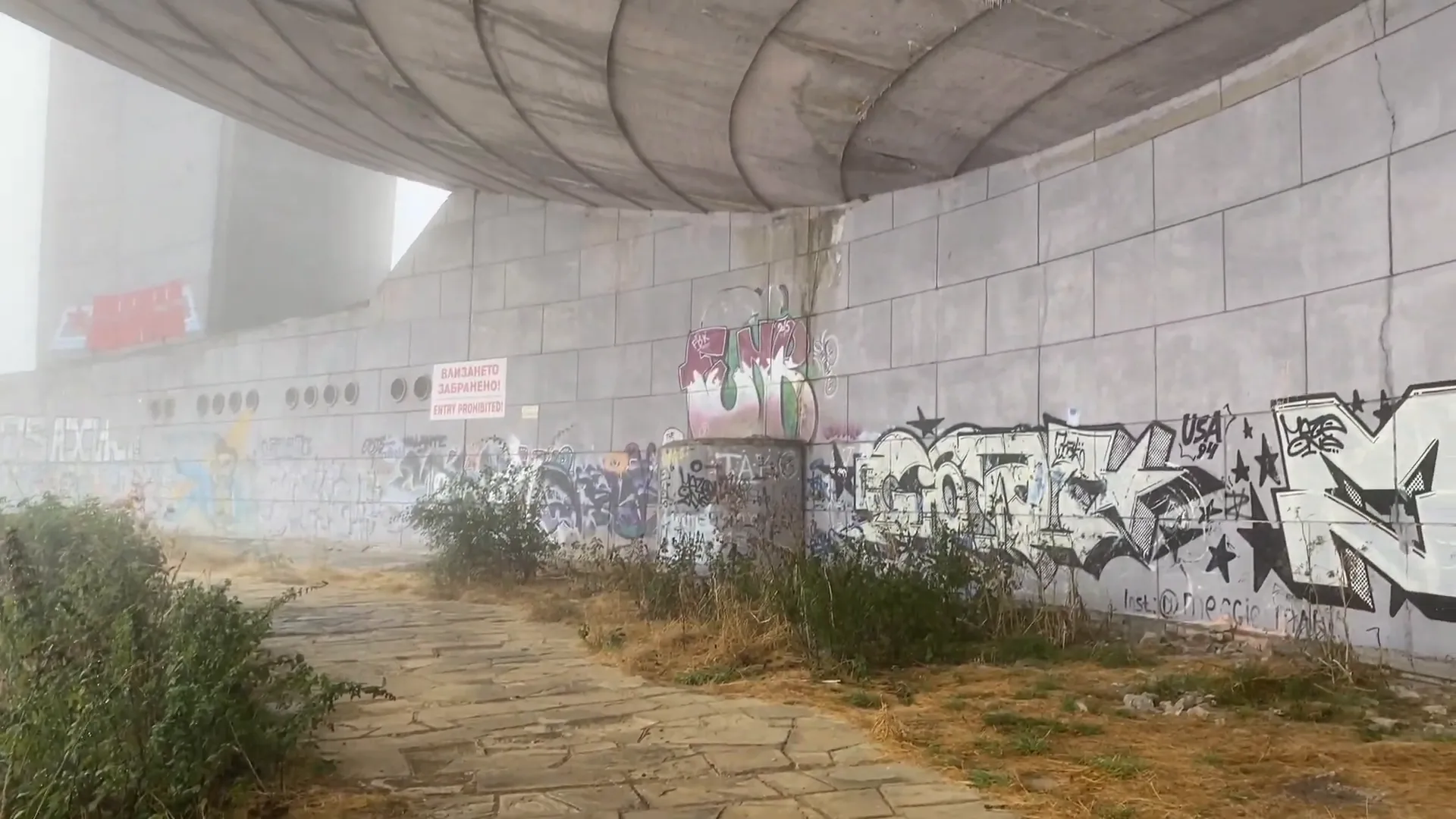
The significance of the Buzludzha Monument goes beyond its physical structure. It stands as a testament to Bulgaria's complex history, embodying both the aspirations and the failures of a political system. The site is a reminder of the struggles faced by the country and the people who lived through those times.
Despite its dilapidated state, the Buzludzha Monument remains a popular destination for those interested in urban exploration and history. Vlad and I were grateful for the opportunity to witness such an important piece of Bulgaria's past firsthand -- even if the weather on the day of our visit was less than ideal.
Visiting the Museum of Socialist Art
Our next stop was the Museum of Socialist Art -- a place that offered an "artistic" perspective on Bulgaria's communist past. The museum was a mix of the bizarre and the thought-provoking, showcasing various pieces that reflected the artistic style of the period.
After arriving, we watched a short film that narrated the history of communism in Bulgaria. The museum consisted of an indoor gallery, an outdoor collection of statues, and a small gift shop with a room displaying the short film. The indoor gallery was filled with paintings that depicted scenes of communist realism -- all glorifying industrial labor and agricultural "progress."
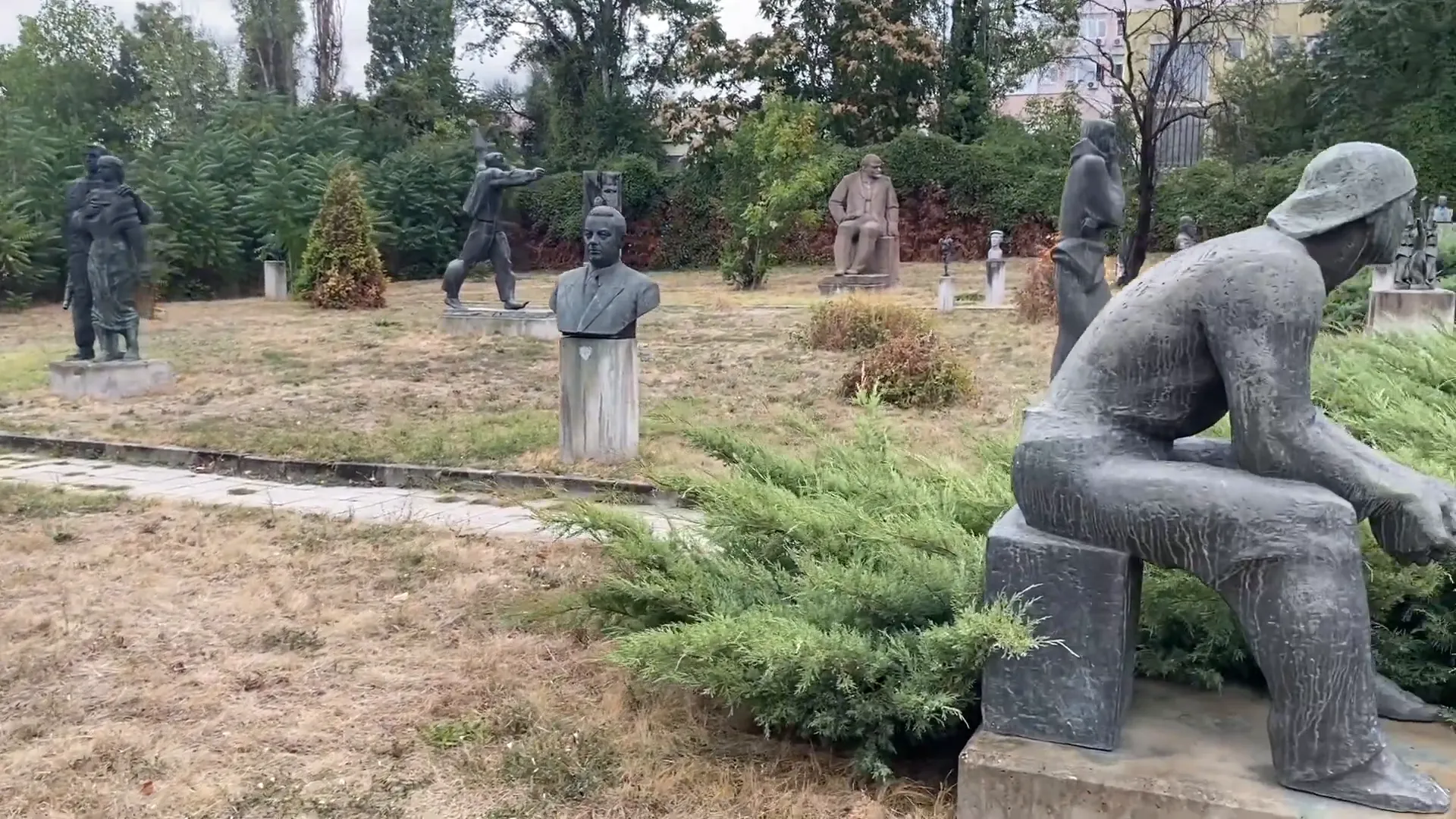
One striking aspect was how art had been used as a tool for political influence during that era. The vibrant colors and grand themes often masked the oppressive reality of life under communism. I found it fascinating how artists were tasked with creating works that aligned with the party's ideals while also trying to express their own voices.
Outside, the museum displayed numerous statues that once stood in prominent places around Bulgaria. These statues celebrated communist leaders and symbols, now gathered in one location. It felt surreal to see so many depictions of figures like Vladimir Lenin in one space, a reminder of the regime's past.
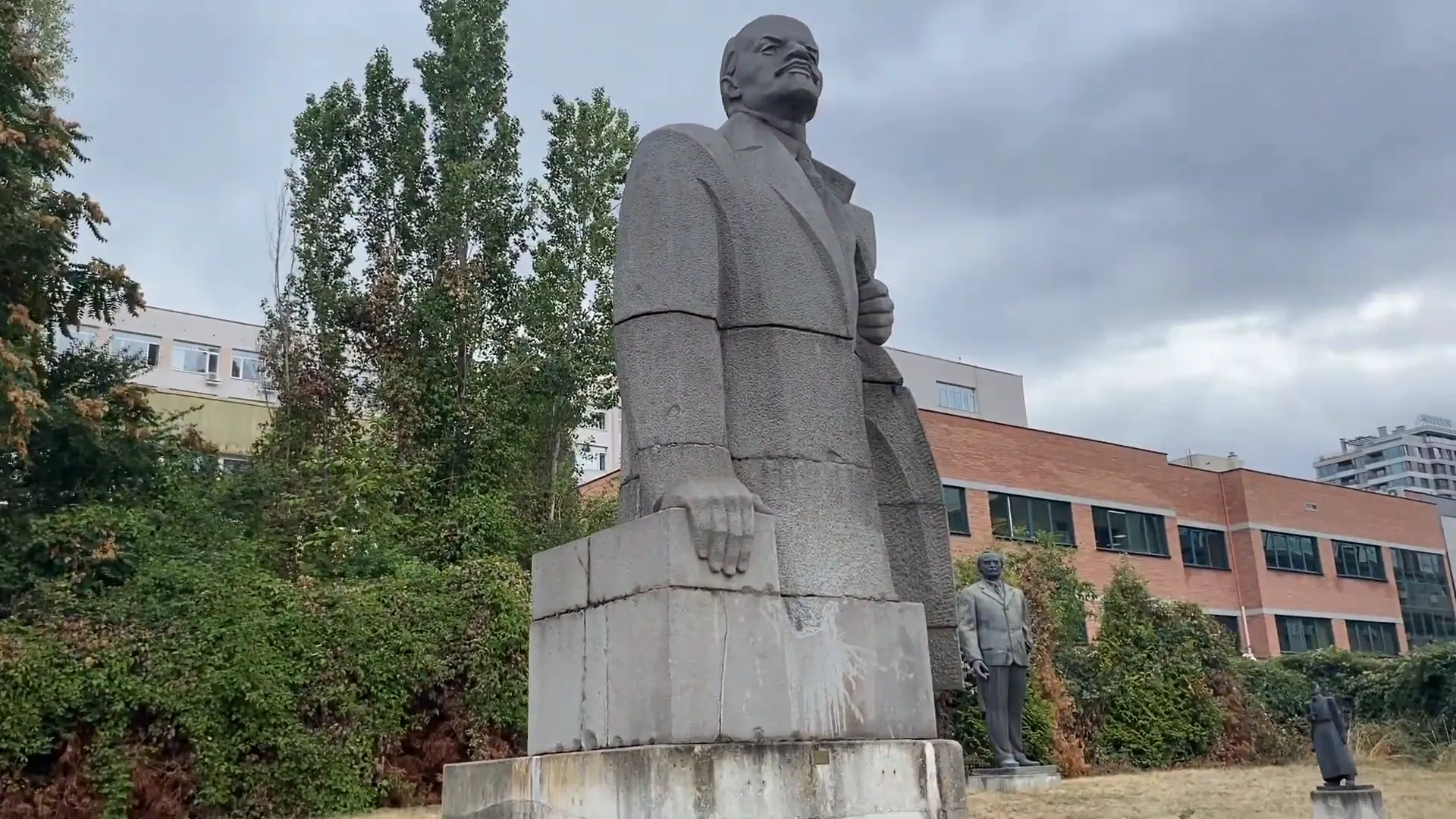
The museum's exhibits sparked discussions between Vlad and me about how art evolves under different political regimes. It was evident that art during the communist era was not just about aesthetics but also about power dynamics. The paintings and sculptures served as a narrative of the state's communist ideals. Many of these artworks were created to evoke a sense of pride and unity among the citizens. They aimed to portray a utopian society where everyone worked together for the common good.
As we strolled through the exhibits, I was reminded of my own studies on post-communist regimes. The contrast between the glorified imagery of communism and the reality of life during that time was striking.
Wrapping Up the Day at Com Bar
To close out our day filled with communist history, we decided to check out "Com Bar," a local bar decorated with communist memorabilia. Old posters and artifacts adorned the walls, creating a nostalgic ambiance.
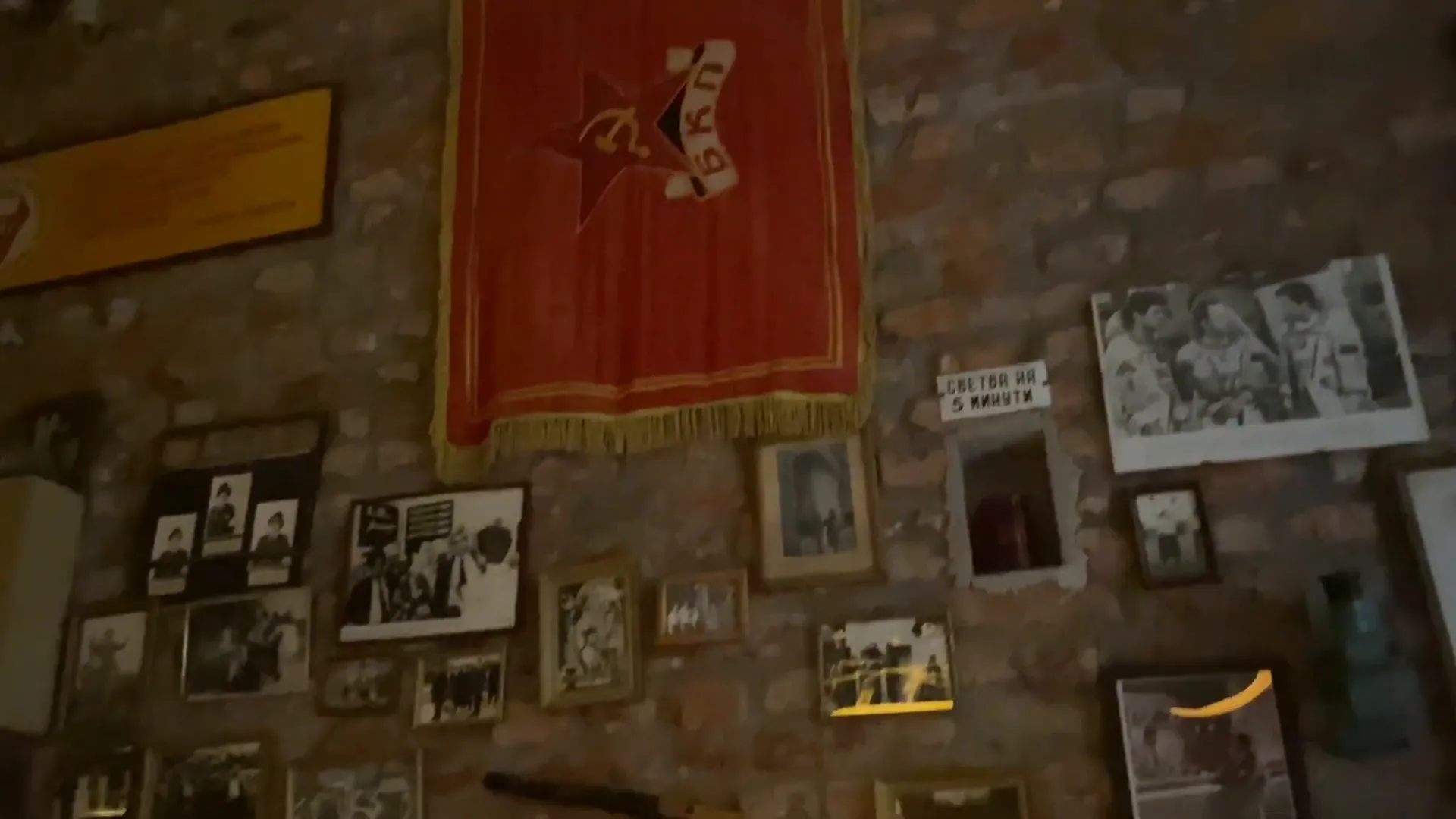
As we settled in, I couldn't help but feel a sense of irony. Here we were, enjoying drinks among the very symbols of a regime that had caused so much pain for many. Yet, this place also represented the curiosity and interest that people have in understanding the past.
Discovering the Ancient Serdica Mineral Water Fountains
Later in the week, Vlad and I stumbled upon the ancient Serdica mineral water fountains. I had heard about these fountains but had no idea how integral they were to the local culture. The hot mineral-rich water, believed to have healing properties, dates back to the Roman era.
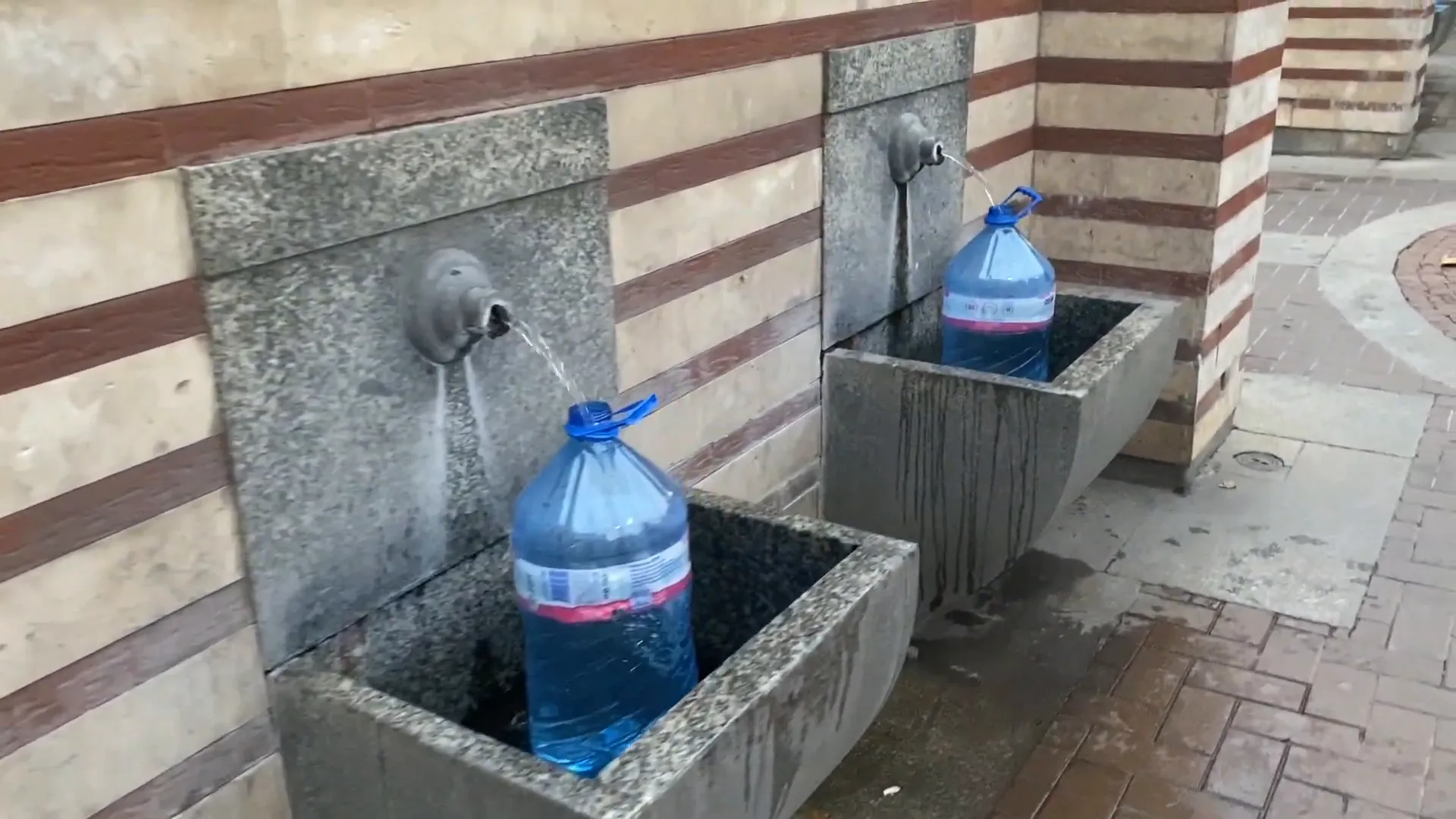
Despite their Roman origins, the present-day aesthetic of the fountains was not designed until 1910. Locals frequently visit these fountains to fill their bottles with the mineral water. It was fascinating to witness how something from ancient times continued to be a part of daily life -- even if their appearance has changed drastically with time.
We joined the locals, filling our bottles and enjoying the refreshing water. It was a wonderful way to connect with the culture and history of Sofia. The fountains serve not only as a historical landmark but also as a gathering place for the community.
Participating in a Walking Tour
With so much to see in Sofia, Vlad and I decided to round out our second week in the city with a walking tour. As we walked through the streets, I was amazed by the amount of graffiti. Some pieces were stunning, showcasing the creativity of local artists, while others were less impressive and added to the city's dilapidated appearance.
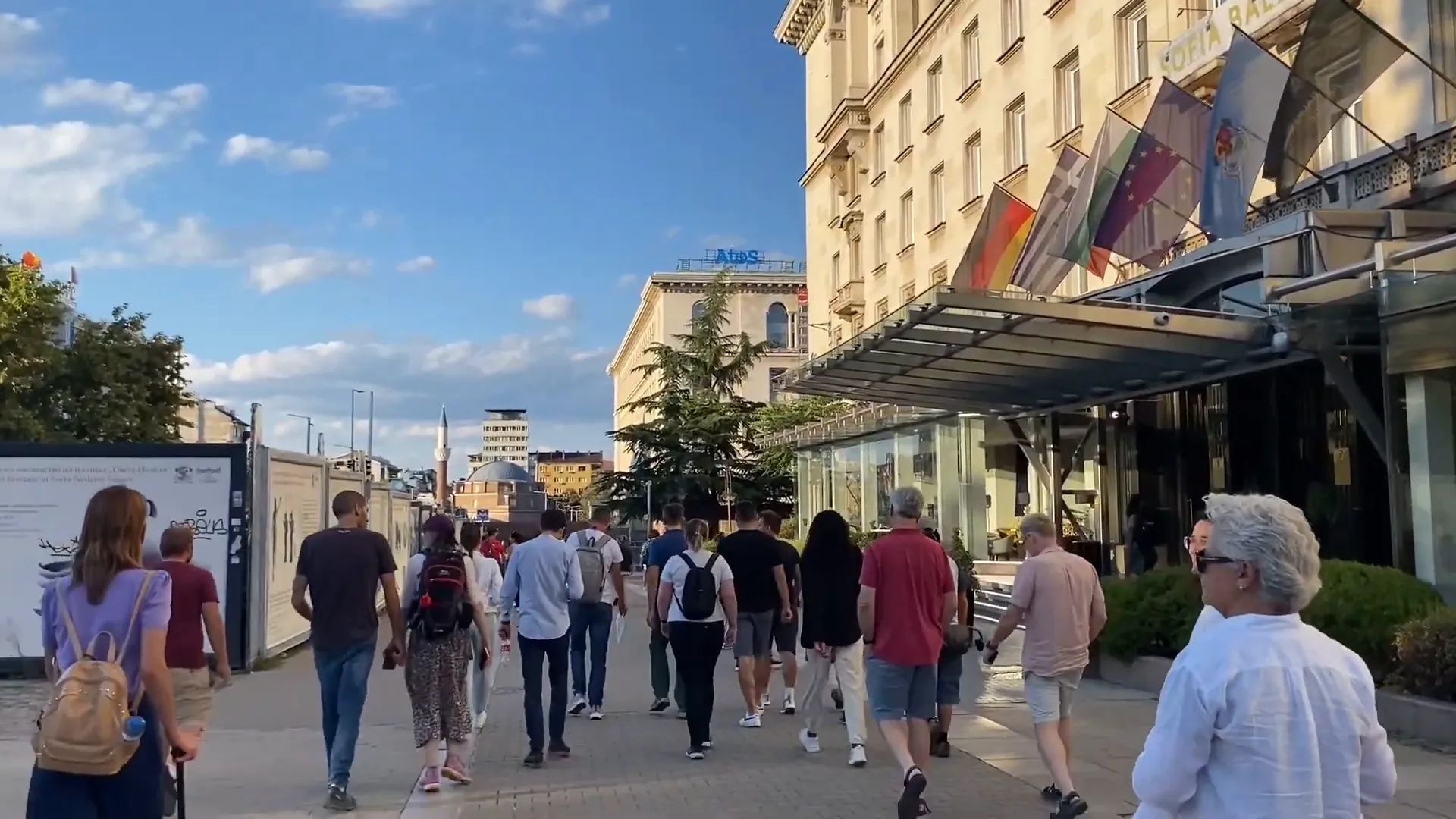
The tour led us to the remnants of the ancient Roman city of Serdica -- a major settlement during the Roman Empire. The ruins revealed streets, buildings, and defensive walls, all situated near the central Sofia train station. I was in awe of how these historical remnants coexisted with the modern city.
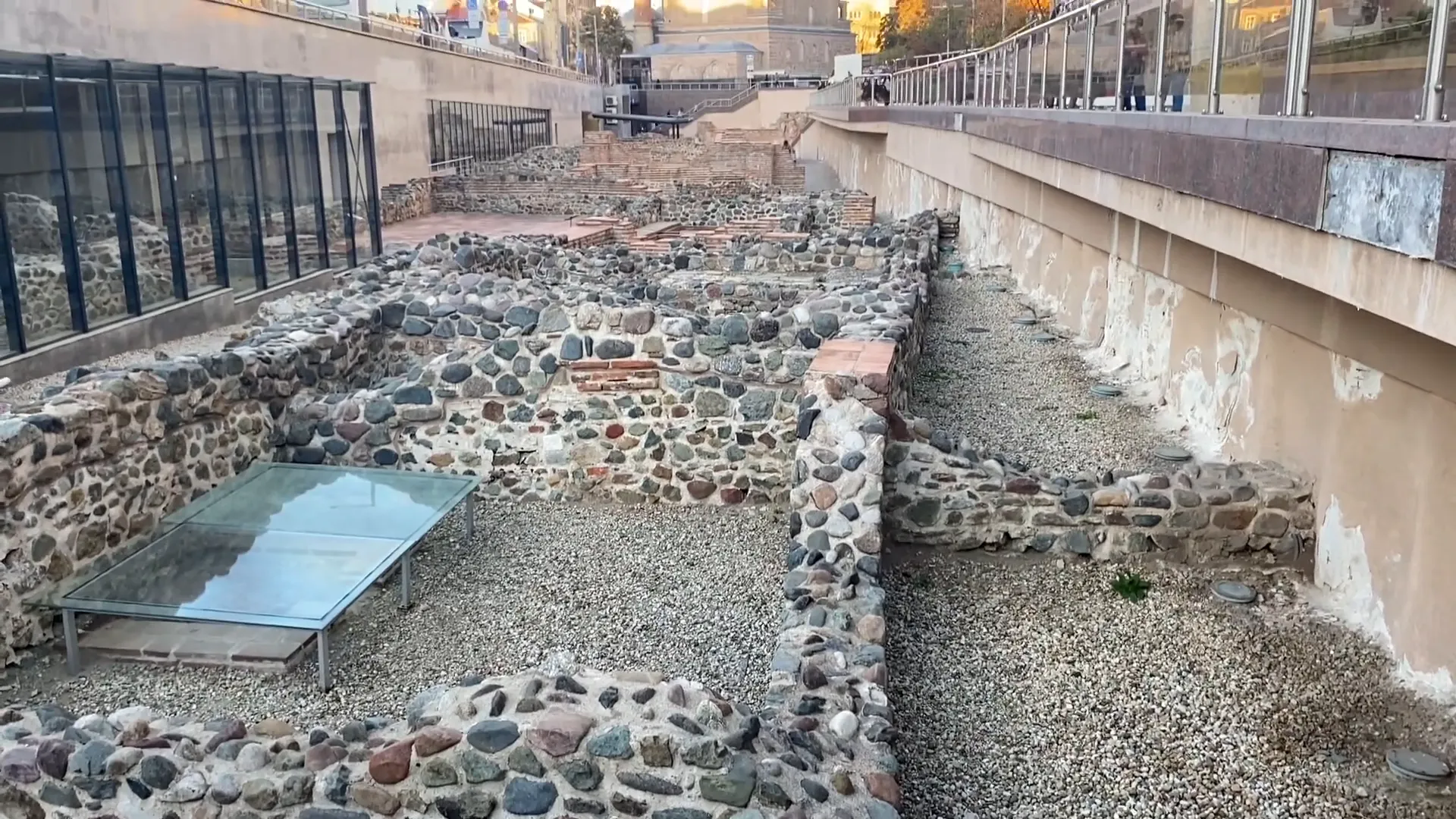
Our guide shared fascinating stories about the discovery of these ruins during construction work in the late 1970s. It's incredible to think about how history can be uncovered unexpectedly.
Reflections on Week Two
As week two came to a close, I reflected on the incredible experiences I had. From exploring communist history to discovering ancient fountains, every moment added a layer to my understanding of Sofia. I felt grateful for the opportunity to immerse myself in the city's culture. This was only week two of ten, and I was excited about what lay ahead.
With so many adventures still to come, I knew I was just beginning to scratch the surface of what Sofia had to offer. I looked forward to diving deeper into its history, culture, and the stories that awaited me in the weeks to come.
